
Mr. Sivaneasan Bala Krishnan - Assistant Professor
Assistant Professor Sivaneasan Bala KRISHNAN is an Assistant Professor of Singapore Institute of Technology. He received the B.Eng. and Ph.D. degrees in Electrical and Electronic Engineering from Nanyang Technological University, Singapore, in 2007 and 2012respectively. In 2011, he joined the School of Electrical and Electronic Engineering, Nanyang Technological University, Singapore, as a Research Engineer and subsequently as a Research Fellow until 2015. He then joined Nanyang Polytechnic as a Lecturer in 2015. In 2019, he joined Singapore Institute of Technology as an Assistant Professor.
Sivaneasan conducted research and development in the areas of power engineering in particular microgrids and smart grid technologies. He has published 8 journal papers and 14 conference papers. He also co-authored a scholarly book chapter on Vehicle-to-Grid (V2G) for a book titled "Energy Storage for Smart Grids: Planning and Operation for Renewable and Variable Energy Resources (VERs)". In addition, he also won the “Best Innovation in Renewable Energy” award at National Instruments ASEAN Graphical System Design Achievement Awards for his work on a functional smart grid prototype.
1. What’s the impact of electric vehicles on a green and sustainable Singapore?
Electric vehicles (EVs) will play a major role in Singapore's drive towards reducing carbon emissions and promoting sustainability.
Although the reduction in carbon emissions may not cause a significant shift in Singapore’s emission levels, it will be a good first step in promoting sustainable living within the population. Furthermore, the promotion of EVs coupled with increased deployment of solar photovoltaics (PVs) around the island will allow the zero emission energy generated from solar (PVs) to be used for EV charging. This also eliminates any upstream emission associated with the electricity that is used to charge the Evs.
2. Is it possible for us to build a fully autonomous energetically and ecologically smart city in this program?
Singapore is well positioned to build a fully autonomous smart city that is not only full of vitality but also intertwined with ecological integrity. Through the Smart Nation initiative, we have ramped up efforts to build an extensive communication network throughout the island which helps us further develop an information network of interconnected sensors and automation devices. This information and communication system forms the foundation to support the introduction of various new technologies aimed at improving operational efficiency, easing information sharing, providing a better quality of government service and citizen welfare.
The information and communication system spans not only across urban areas but also covers other ecosystems such as the terrestrial and marine ecosystems. Together with the government agencies overseeing these ecosystems, we are continually developing new technologies to allow these ecosystems to thrive, keeping up with the pace of urban development in Singapore.
3. What are the major technical challenges Singapore is facing today in the path of achieving sustainable energy goals?
To align with the Smart Nation objectives, industries are moving towards digitising their manual, manpower intensive and paper-based processes. In this project, the Singapore Institute of Technology (SIT) collaborated with Sembcorp Marine Integrated Yard Pte Ltd (SMIY) to develop an Electrical Asset Management System (EAMS) to enable efficient asset management and condition monitoring at their shipyard. The EAMS is built upon a low-cost IoT-based sensor network that spans across their 2km square shipyard for the condition monitoring of electrical assets. The EAMS leverages on a utilisation analysis solution that minimizes asset downtime and cost.
The asset utilisation analytics helps the industry collaborator to gain a solid understanding of their assets operation in one, unified system. This enables them to continuously monitor asset availability, usability as well as their location in order to better optimize the utilization of these valuable assets. The information obtained from the asset utilisation analytics over a long period of time will allow the industry collaborator to plan ship building or repair jobs based on the utilization data which in turn reflects the productivity of the shipyard. Proper usage trend analysis will also allow them to make more informed decisions on new asset purchases or defer new purchases thus reducing costs and improving profit margin.
4. What are your projections for the program's future?
The electricity distribution system in Singapore comprises a complex power supply network in the form of an electrical grid which consists of a huge number of power lines and electrical assets. Many of the assets have been in operation for more than 50-years and are ageing. Failures are becoming common with mechanical damage, excessive heat and electrical stresses being the major contributors. Monitoring and management of such complex networks presents a major challenge in the daily work of companies for electricity distribution and power supply.
Through this project, condition monitoring with a predictive maintenance program will enable timely detection of defects and failures. In the long run, this will eliminate costly shutdowns through early intervention. Beyond this project, we are applying the knowledge and experience that we have accrued to explore the development of customizable asset condition monitoring solutions for other electricity distribution and power supply companies in Singapore.
Find more at https://www.singaporetech.edu.sg/directory/faculty/sivaneasan-bala-krishnan






.png)
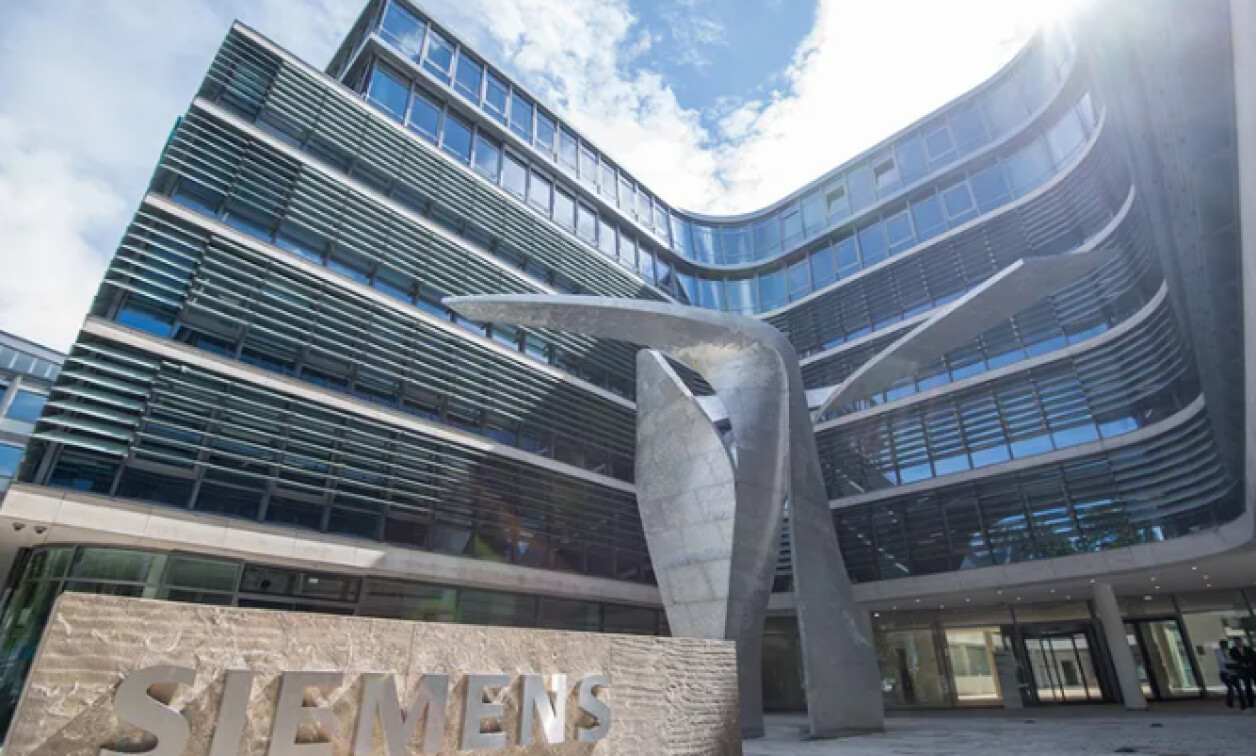
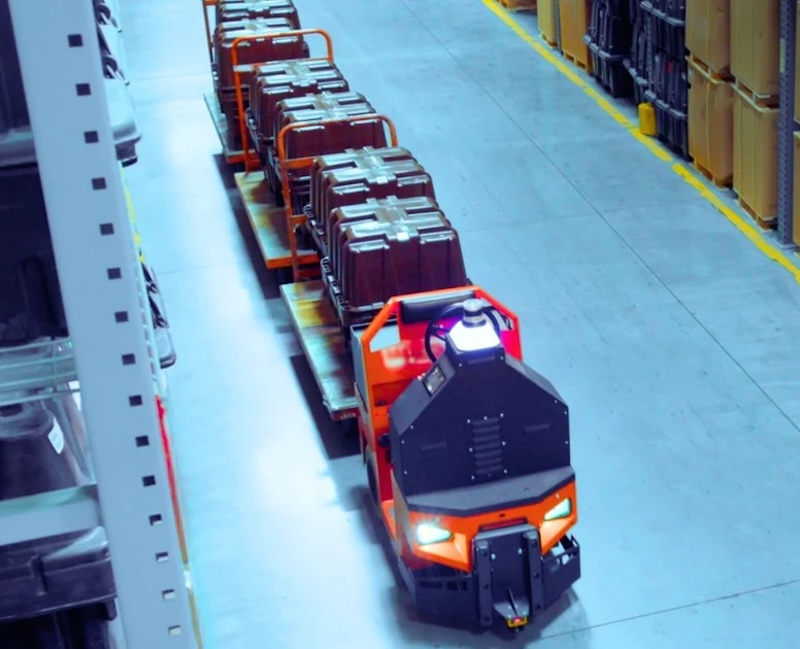

.jpg)
.png)


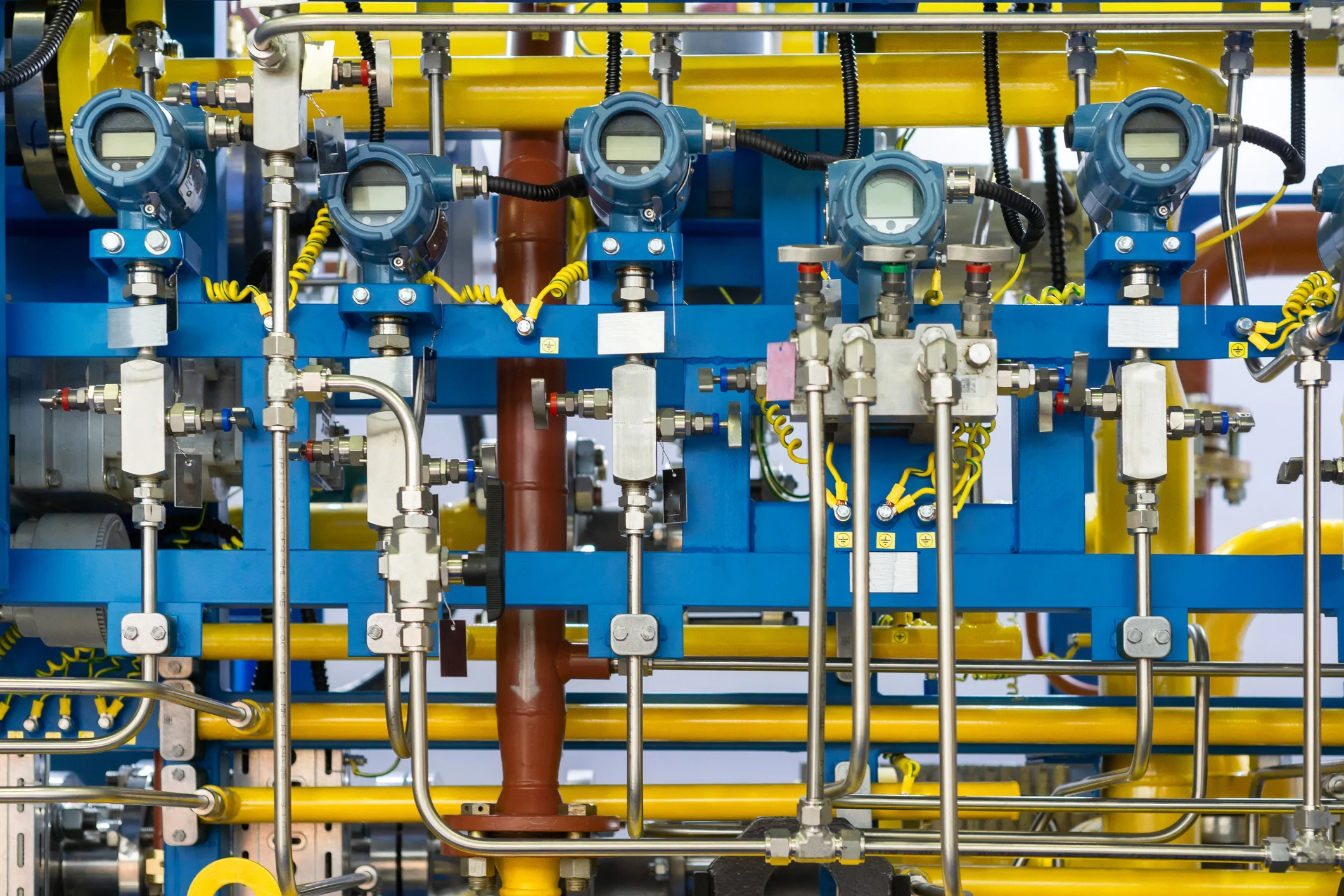

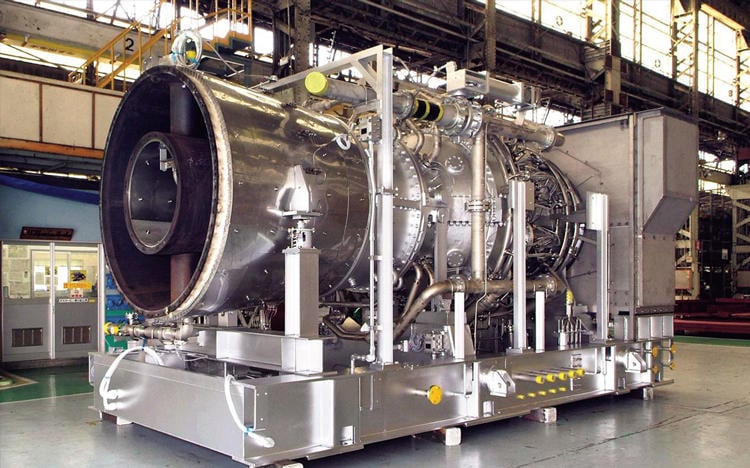
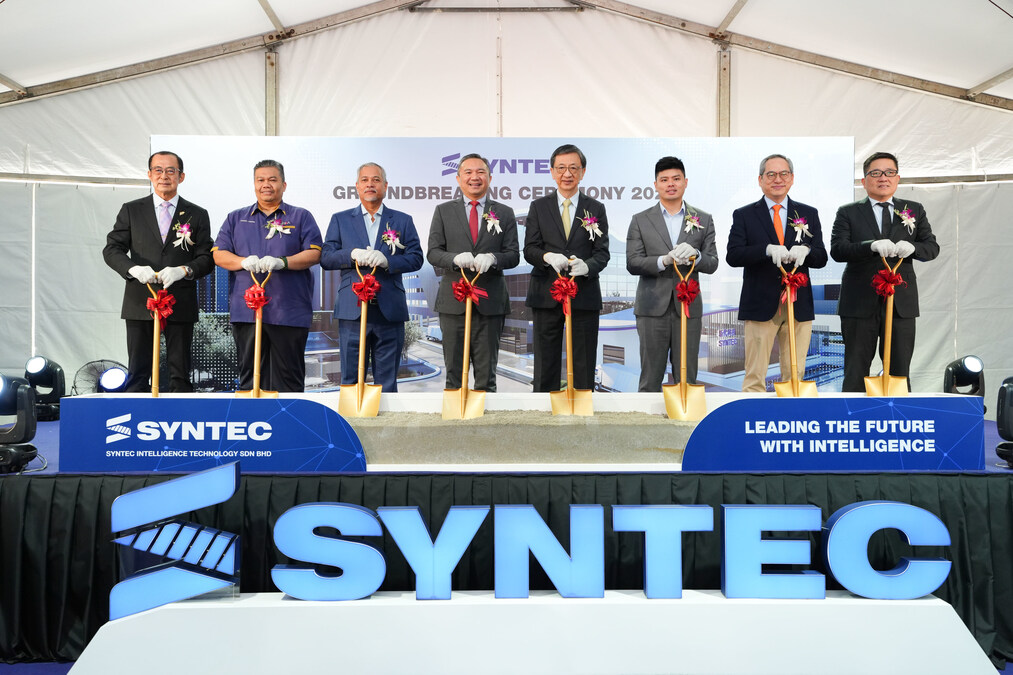

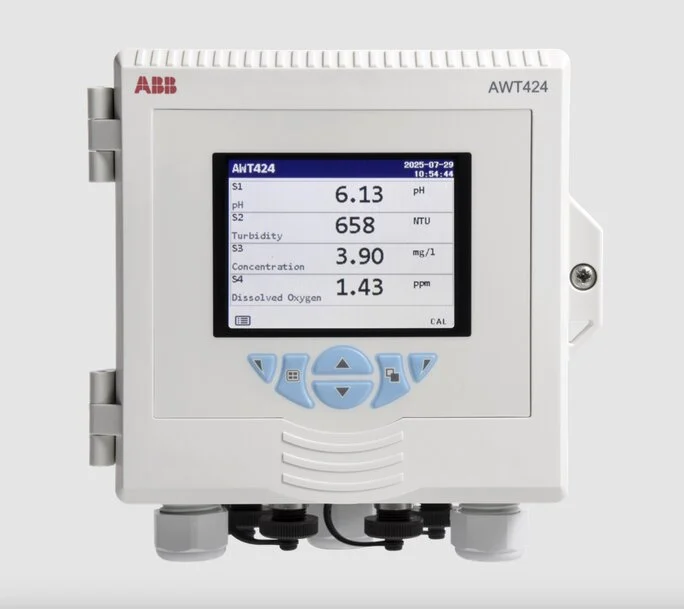

.jpg)
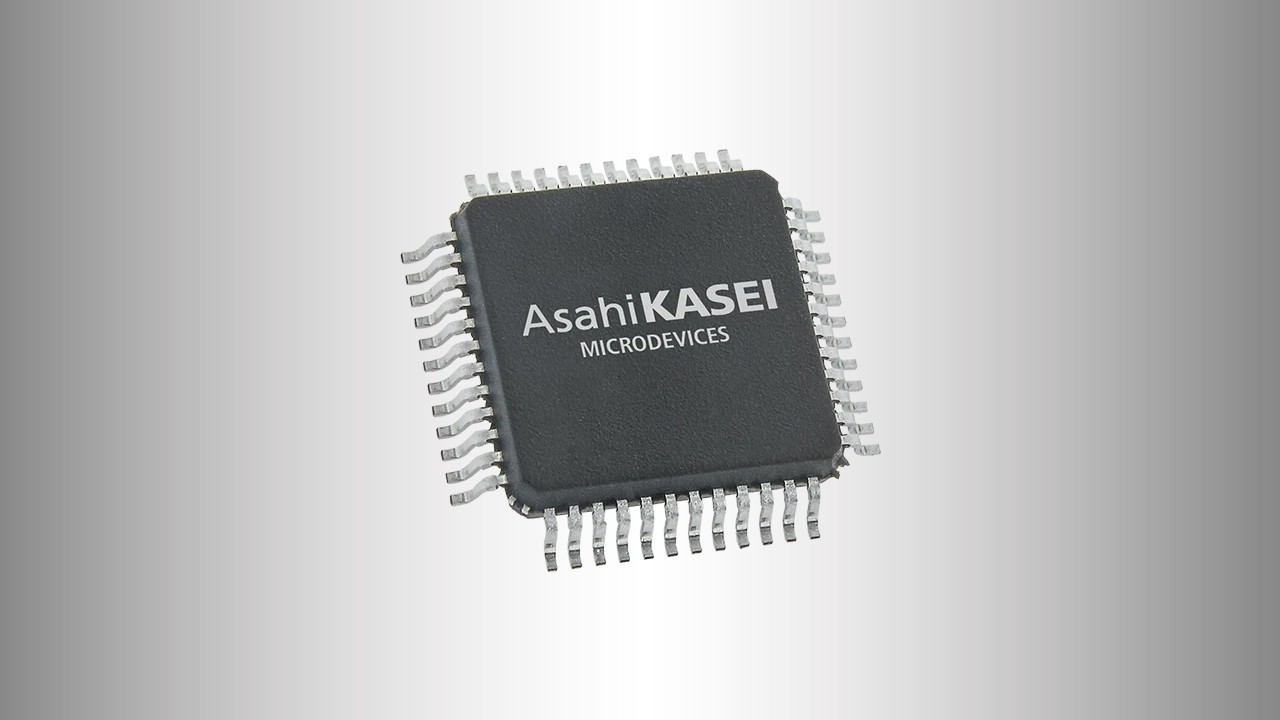
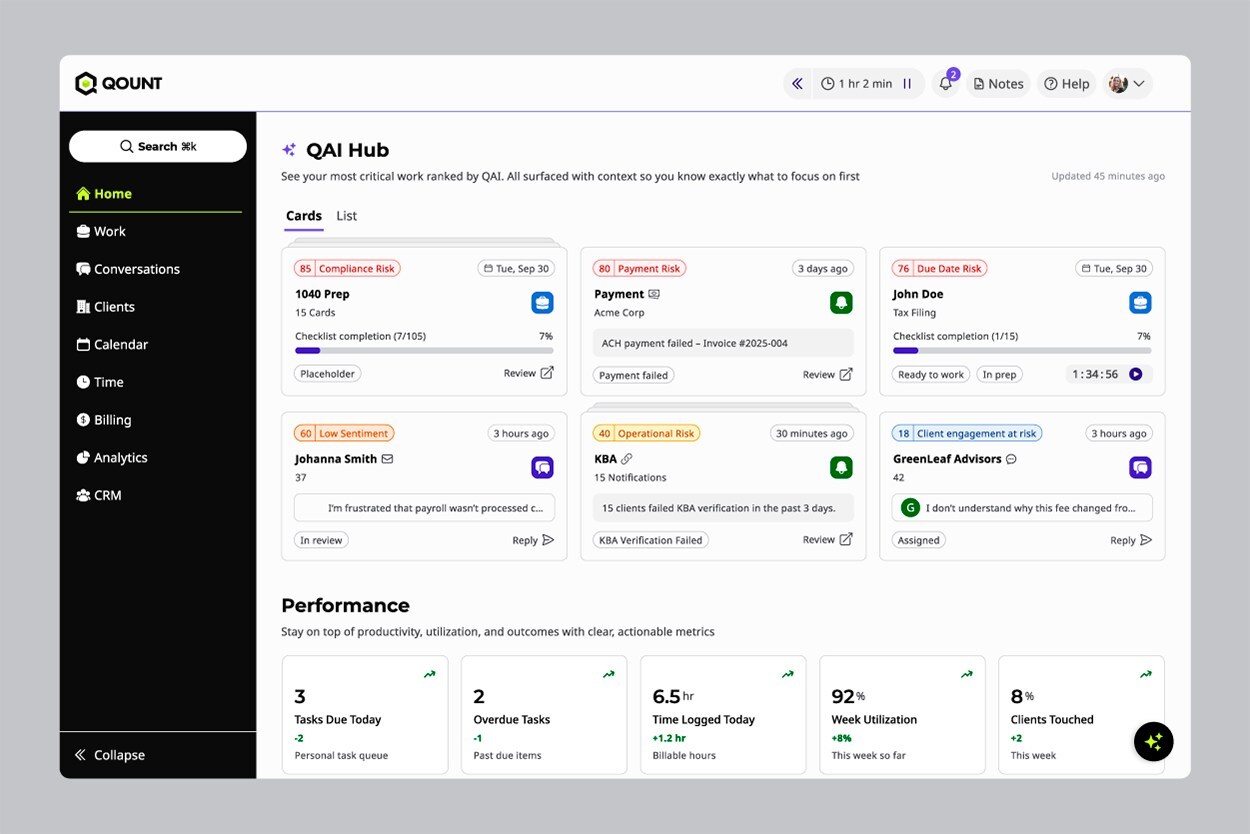









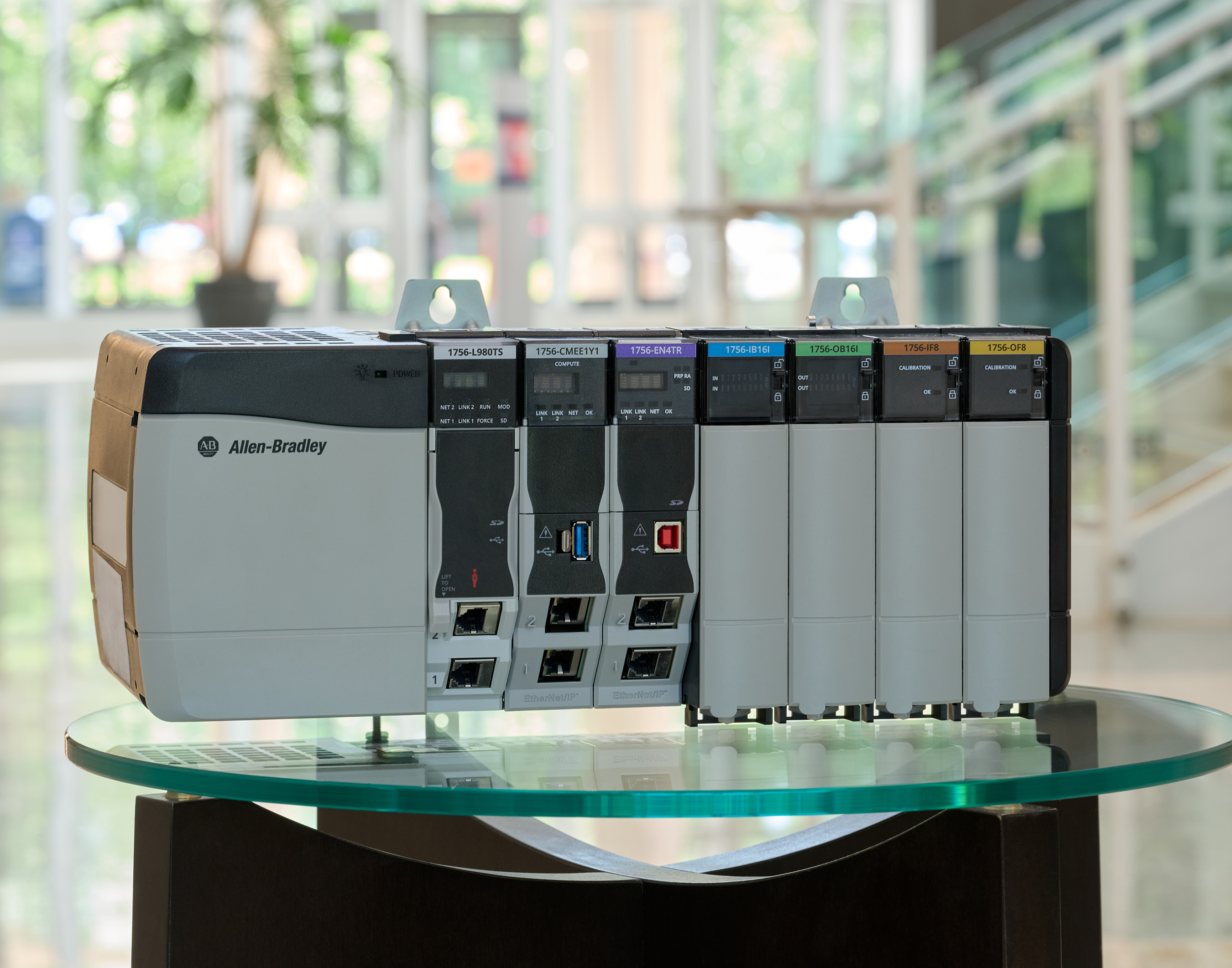

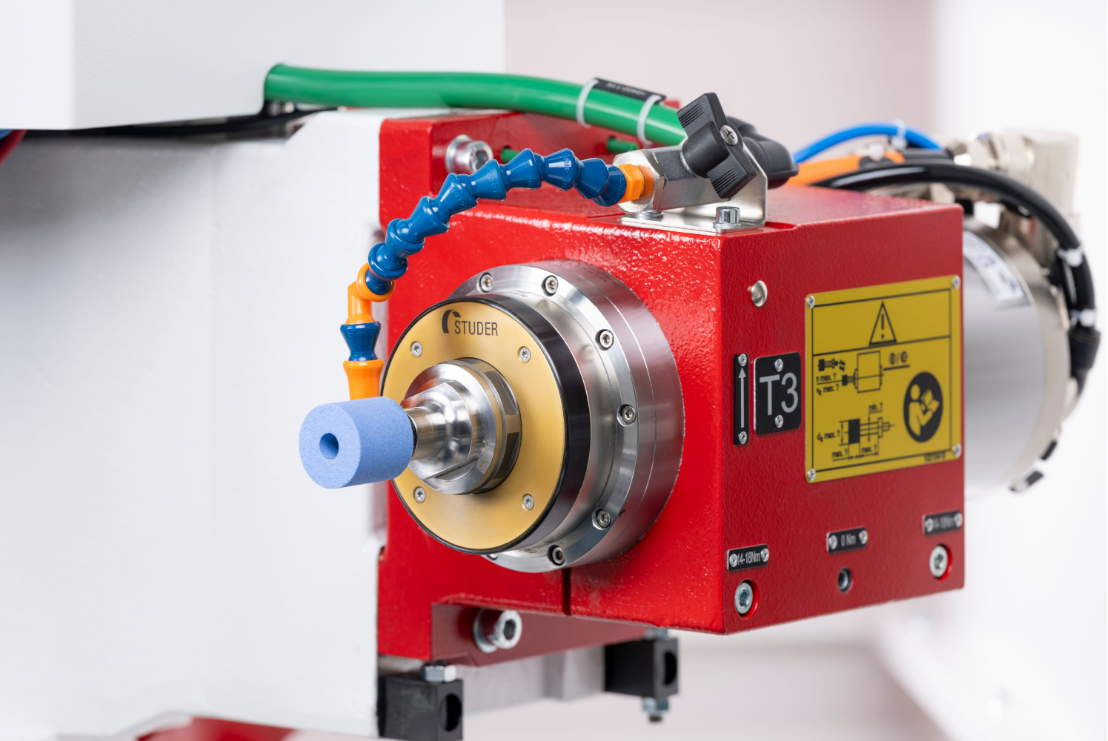
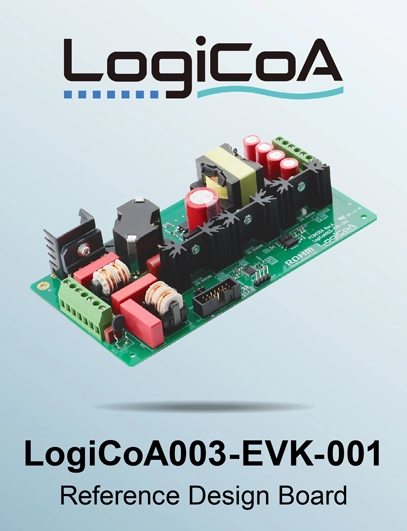







.png)
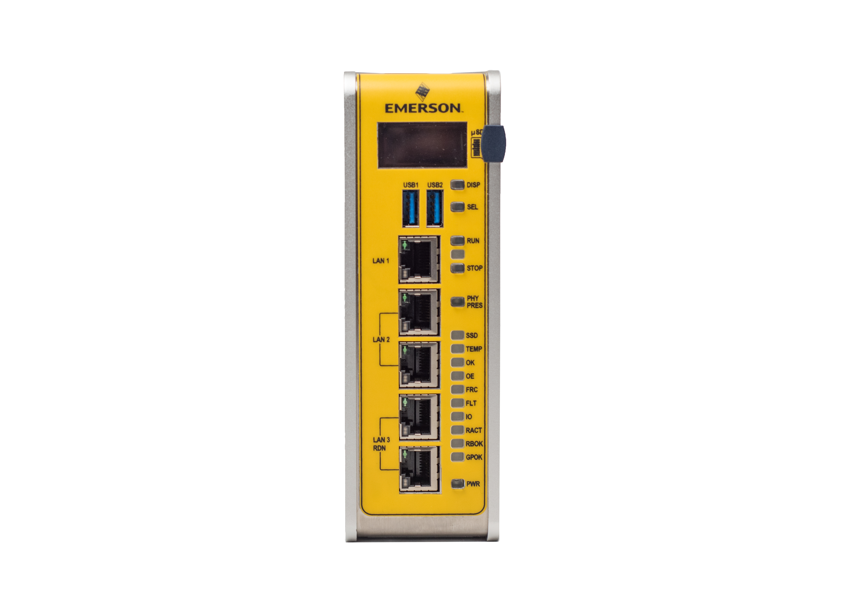
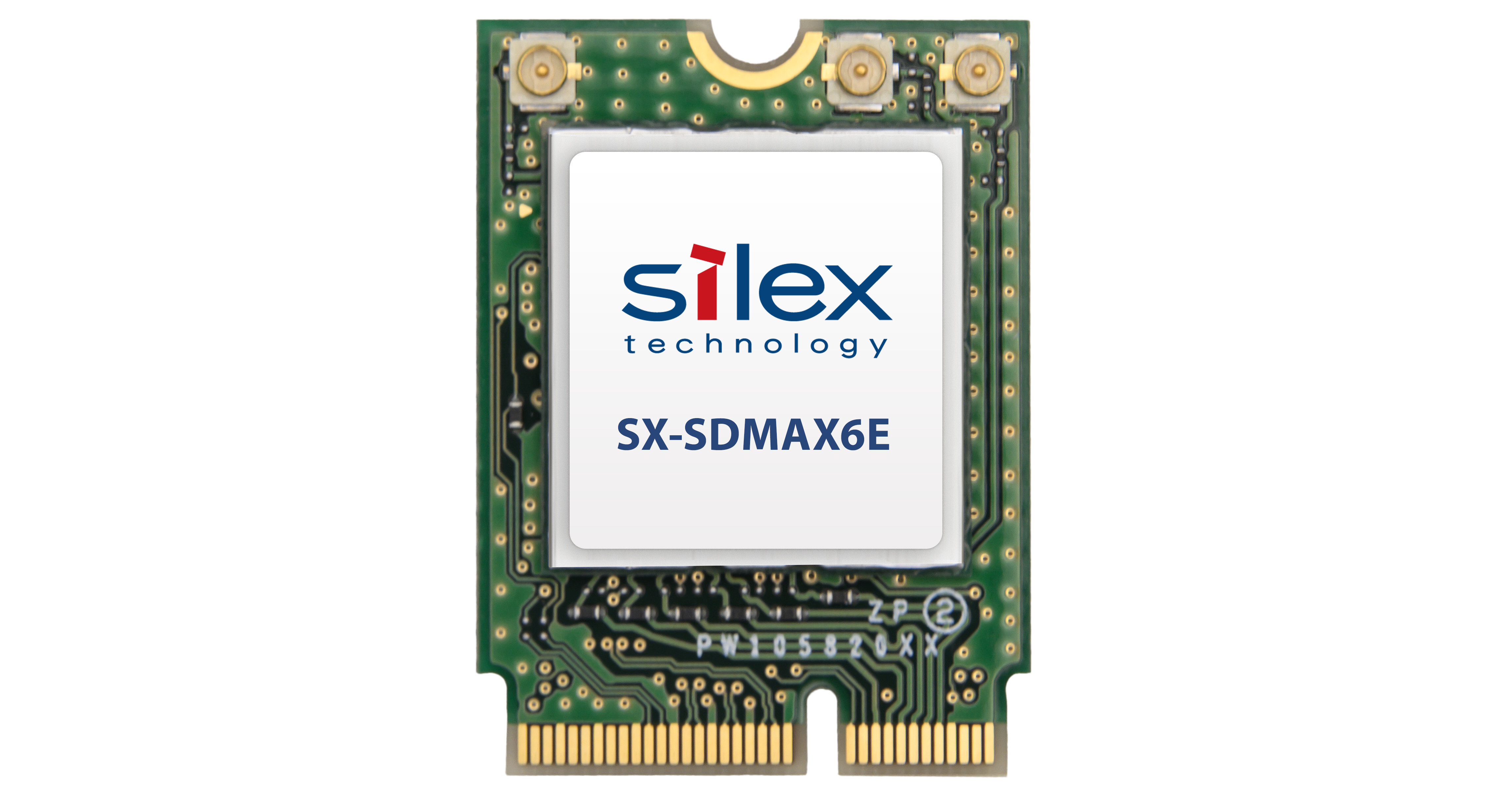



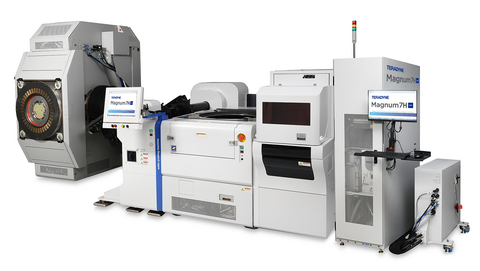





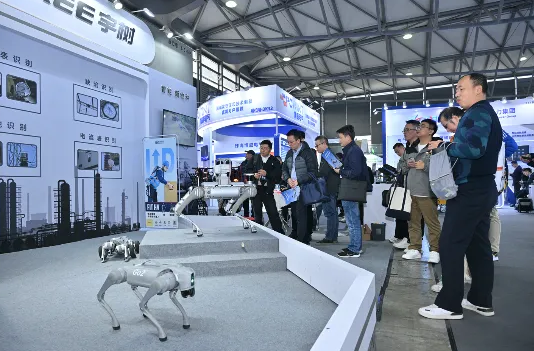
.png)





























.png)











.png)












